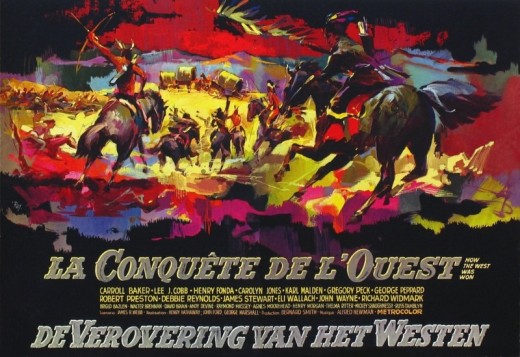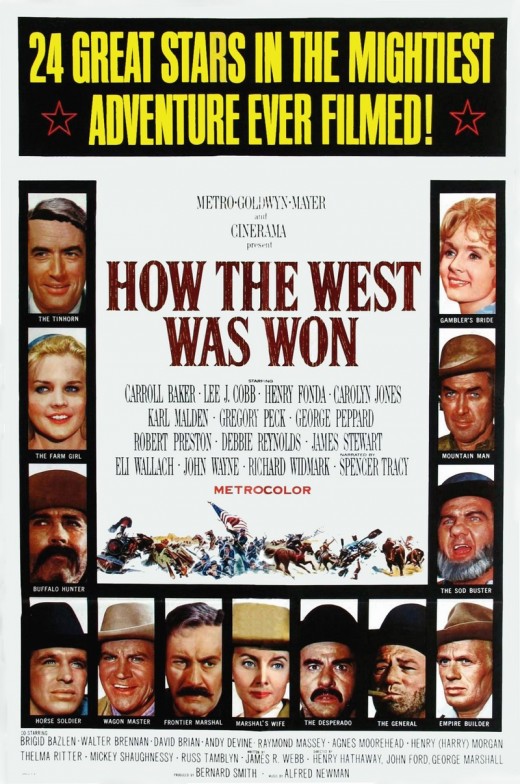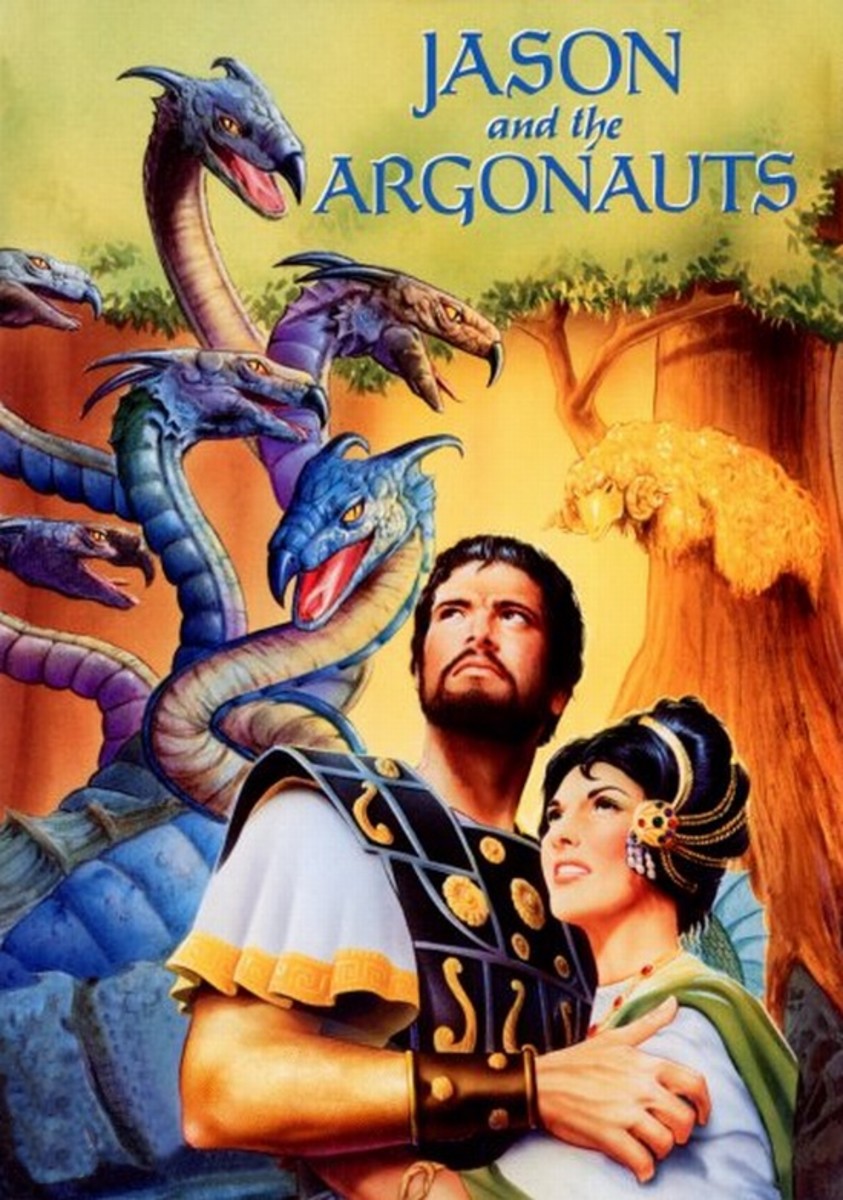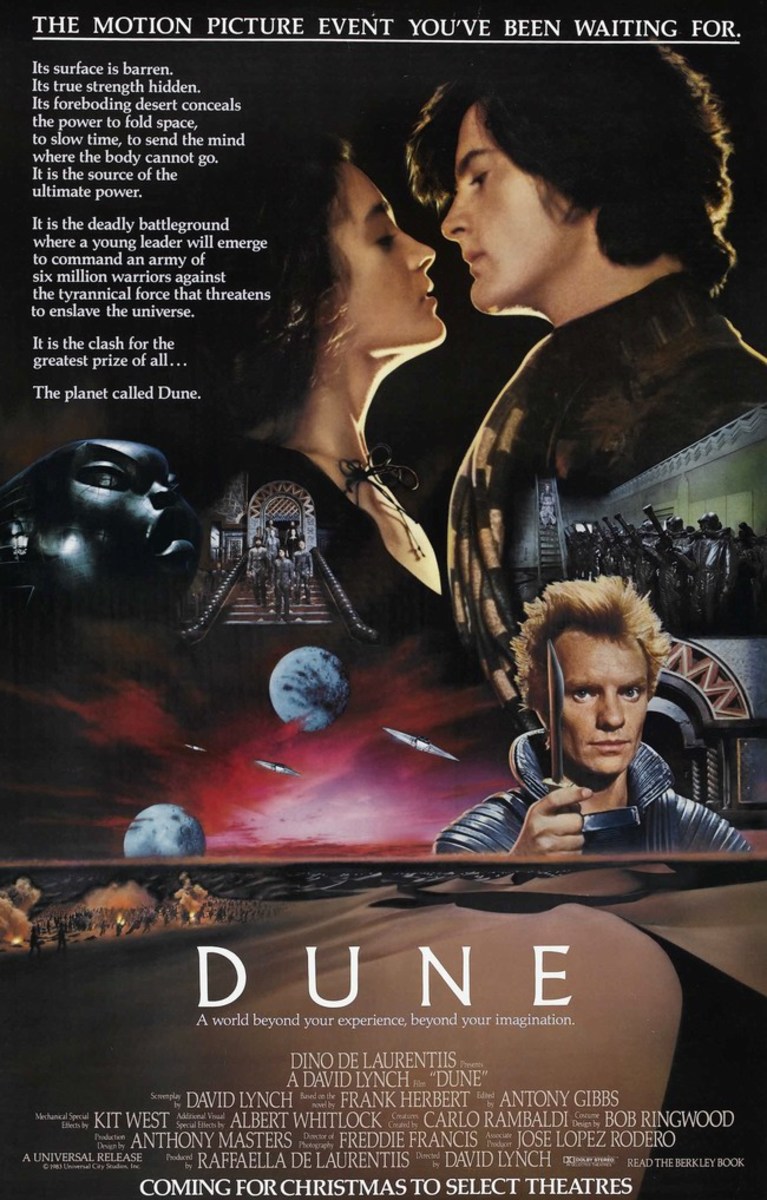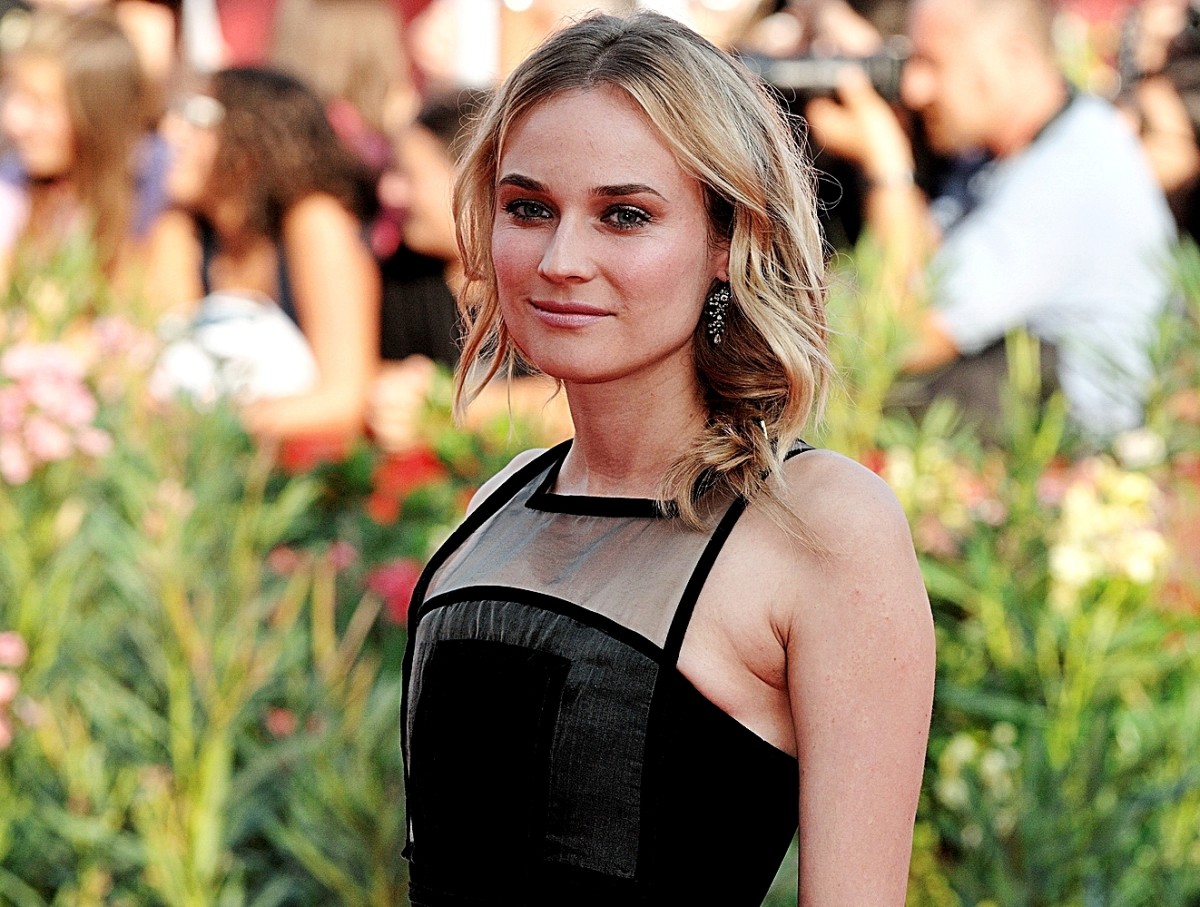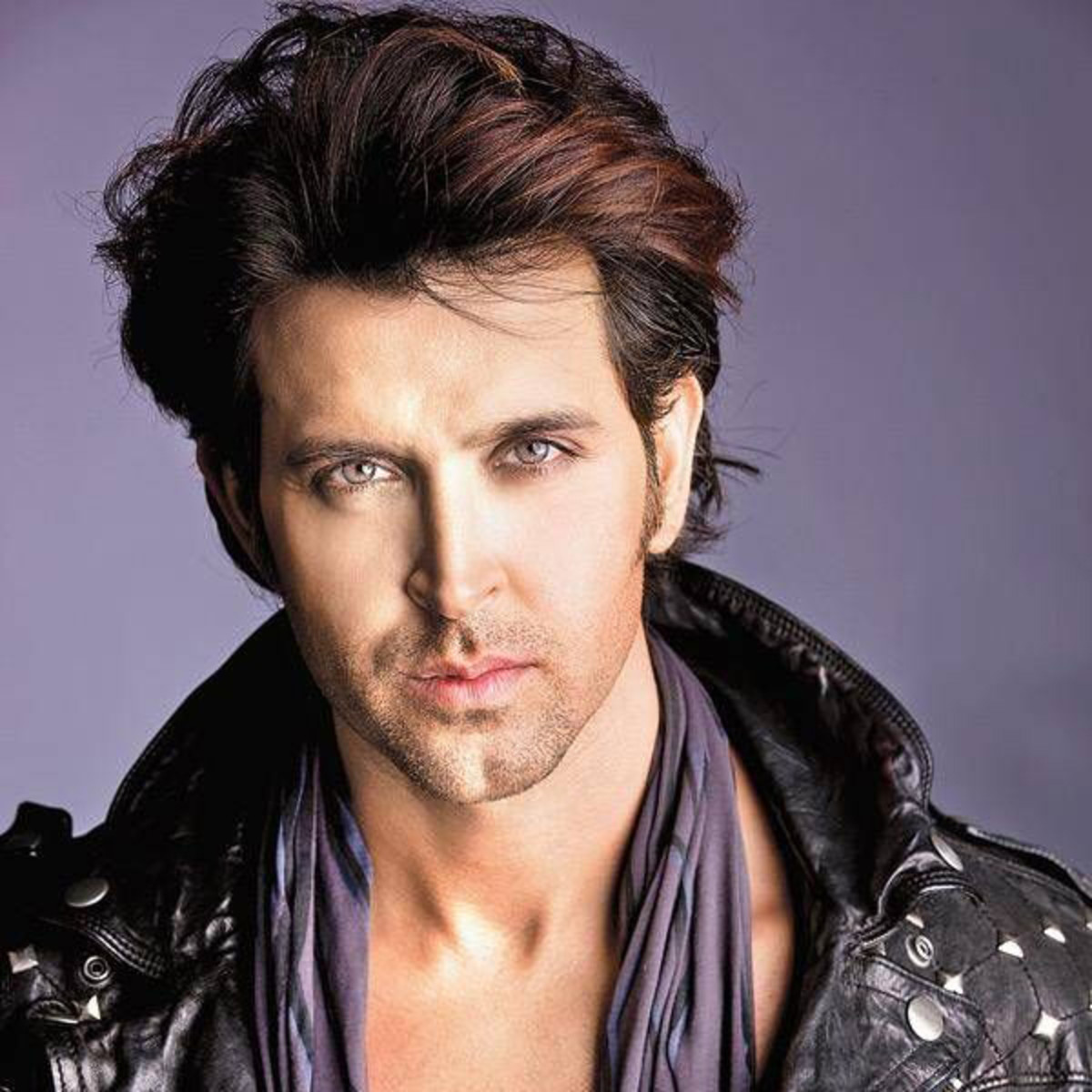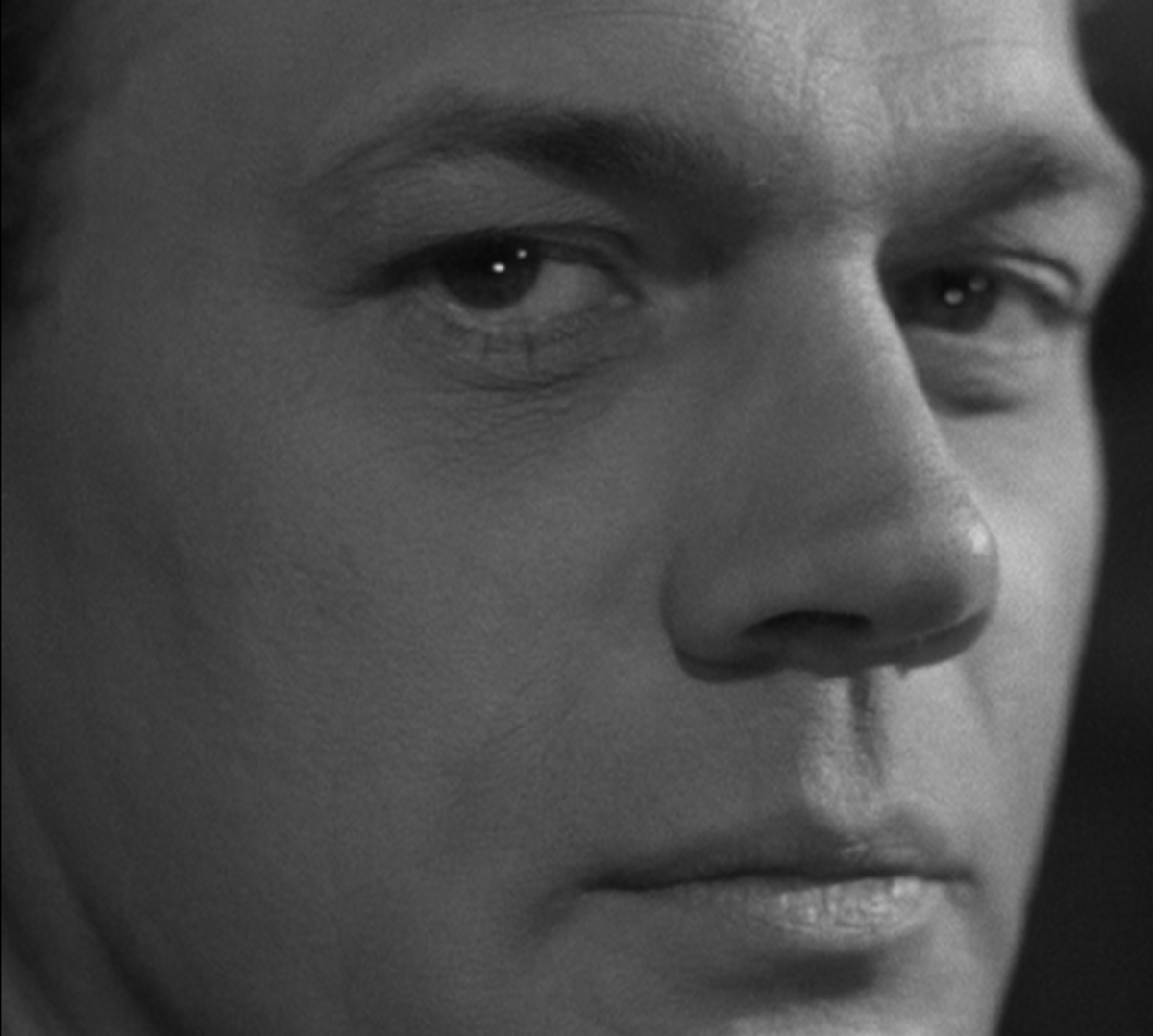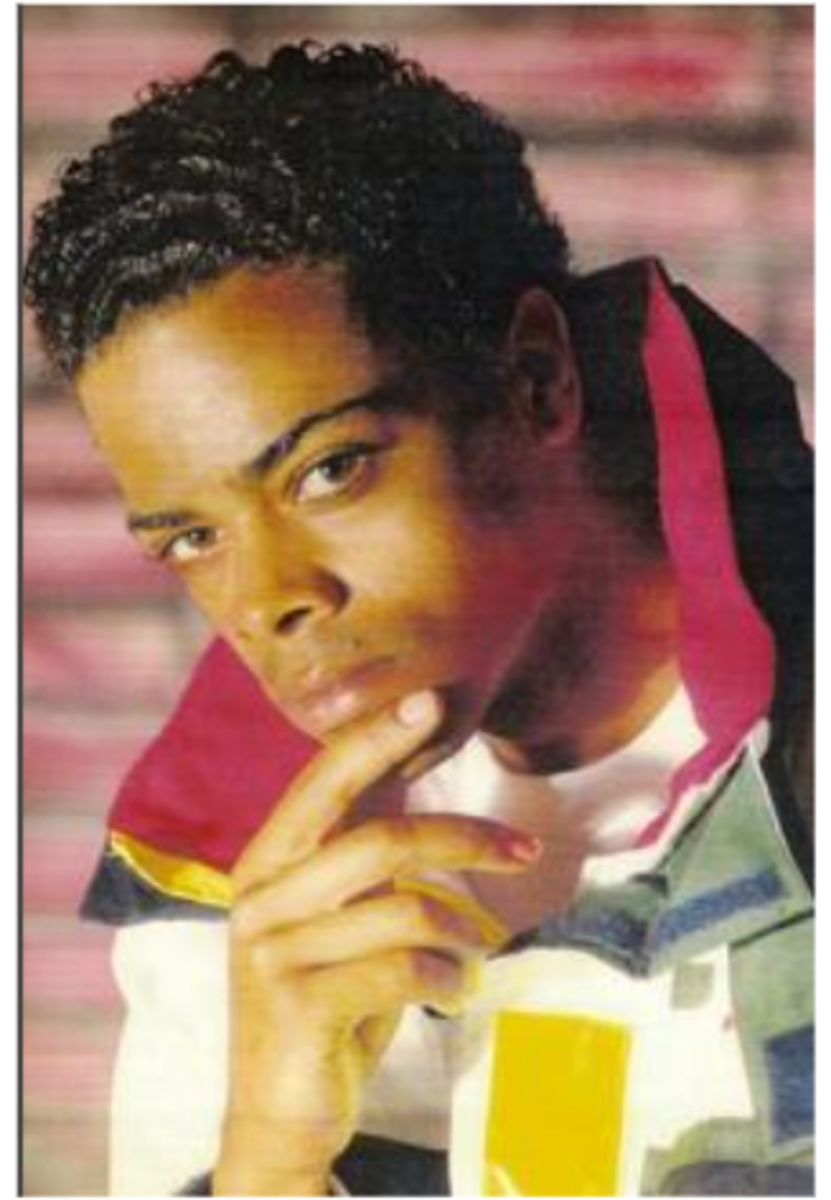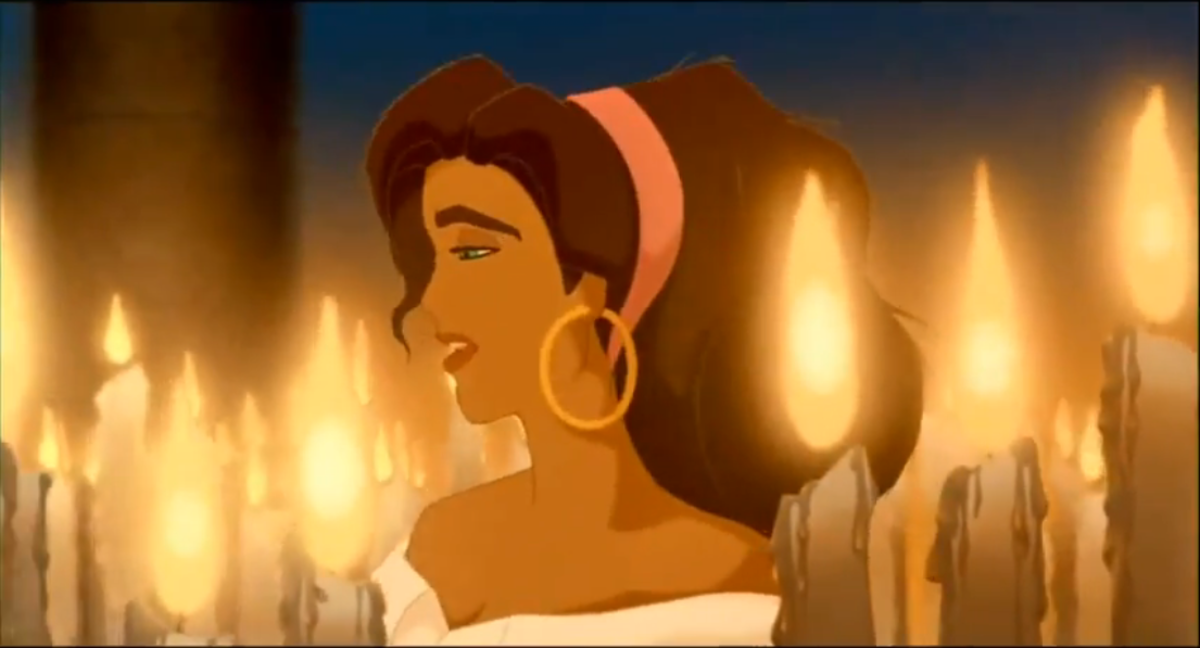How The West Was Won (1962) - Illustrated Reference
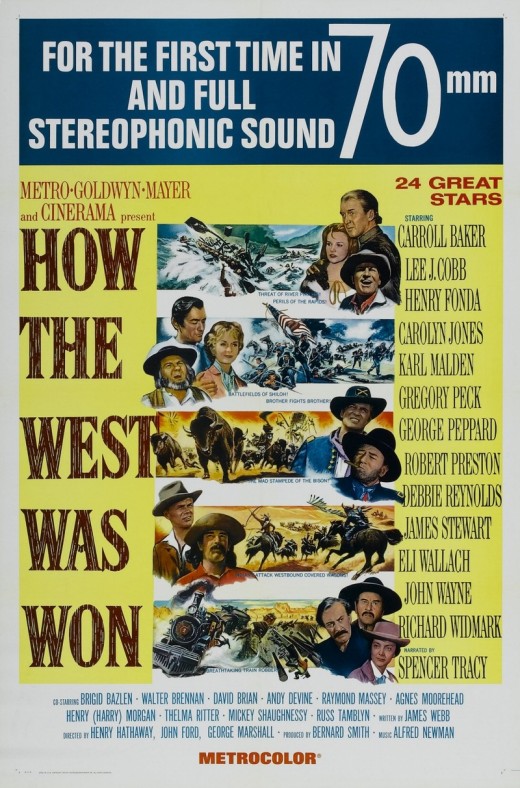
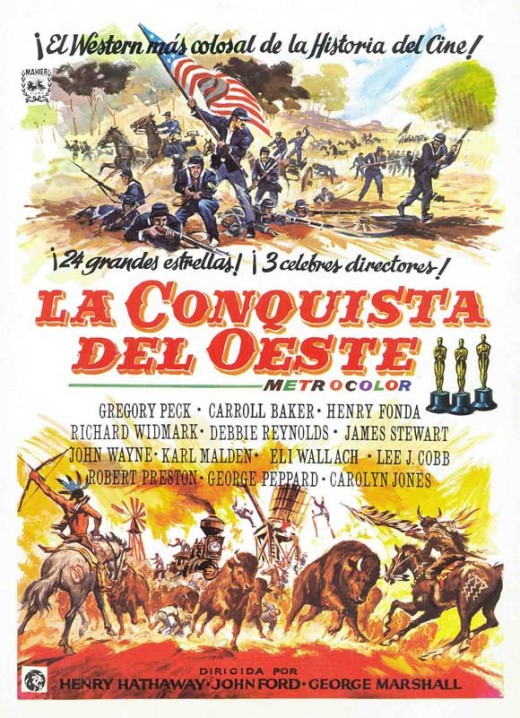
How the West Was Won was directed by Henry Hathaway, John Ford and George Marshall and premiered on 1st November 1962. It stars James Stewart, Carroll Baker, Gregory Peck, Debbie Reynolds, George Peppard, Carolyn Jones, Karl Malden, Agnes Moorehead, Henry Fonda, John Wayne, Richard Widmark, Raymond Massey, Robert Preston, Lee J. Cobb, Harry Morgan, Walter Brennan, Eli Wallach and Russ Tamblyn. Screenplay by James R. Webb. Music by Alfred Newman. 162 mins.
Life in the Old West viewed through the experiences of the Prescott family over several generations. It begins with the family, led by Zebulon Prescott, journeying westward via the Erie Canal where they meet mountain man Linus Rawlings and than continuing over the prairies, suffering through the Civil War, encountering Indians and a buffalo stampede, help build the railroads and bring law and order to the frontier.
The inspiration for this film came about after Life magazine featured a 7-part series of photo essays titled How the West Was Won in April to May 1959. MGM wanted to make the biggest western of them all and on the largest and widest screen possible at the time.
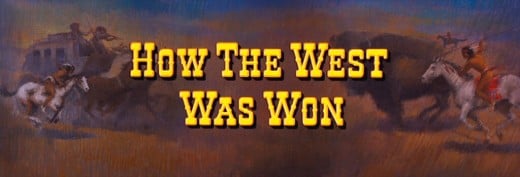
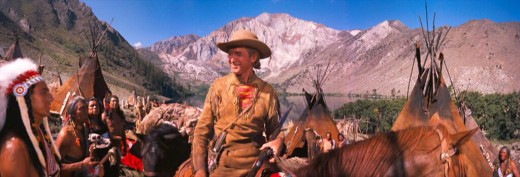
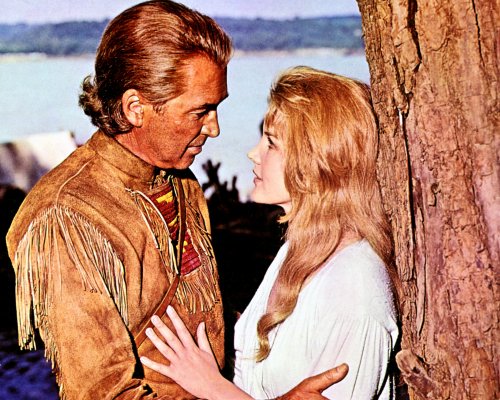
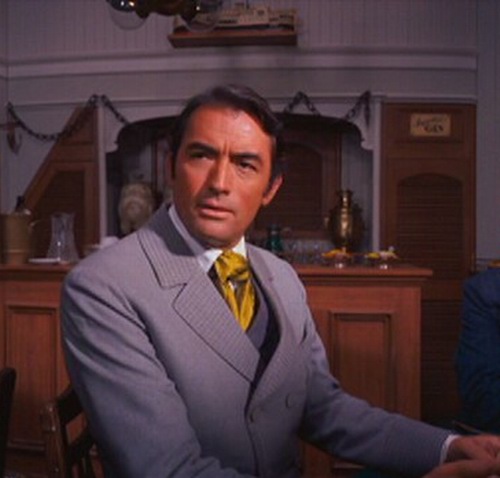
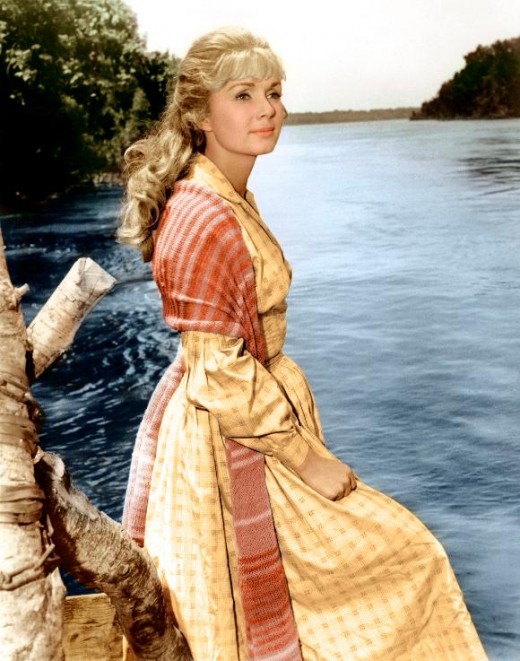
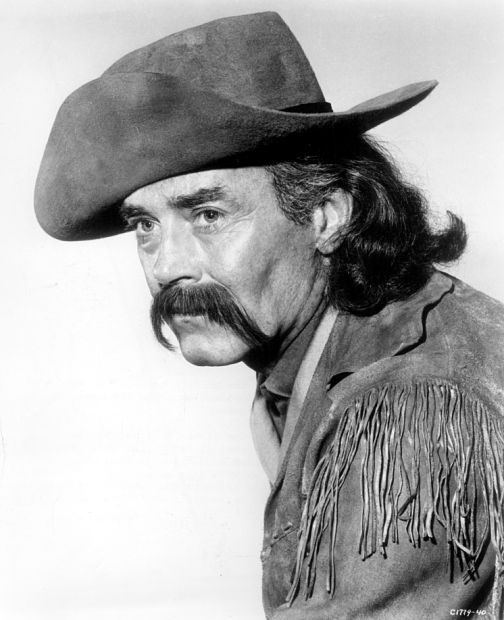
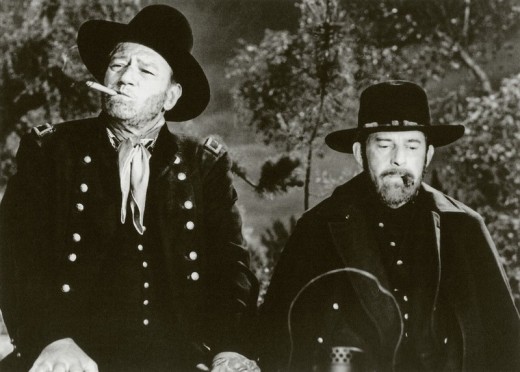
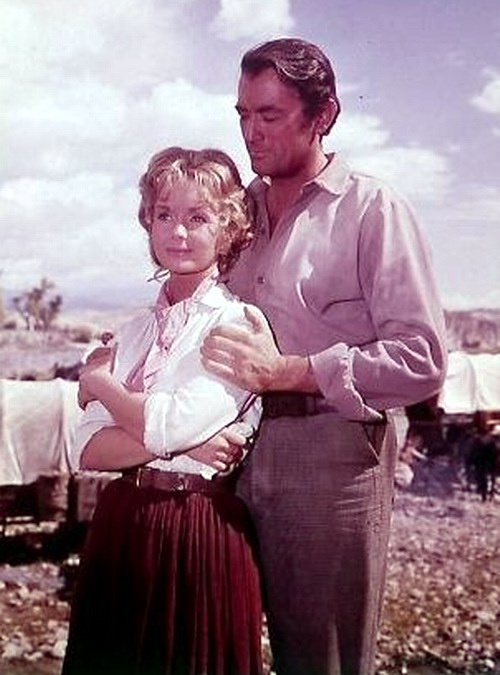
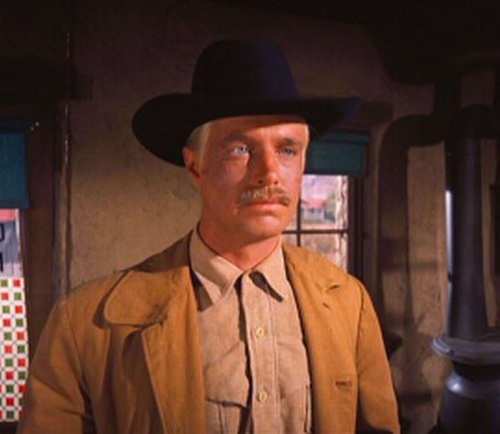
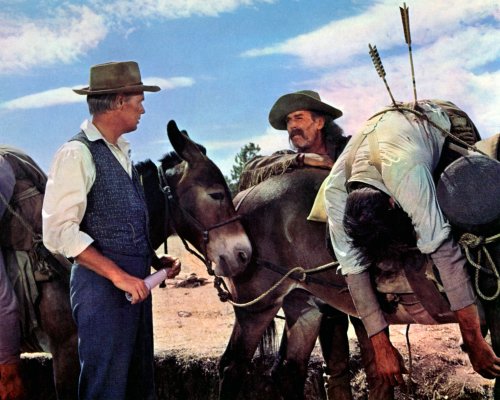
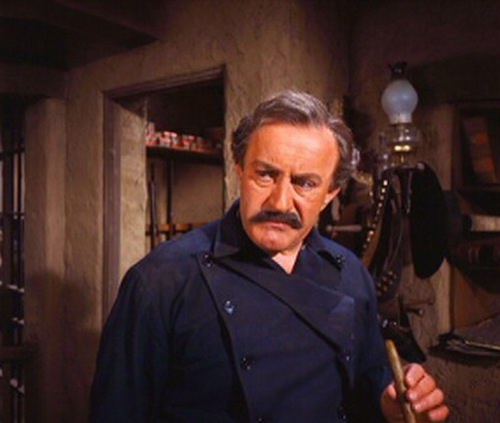
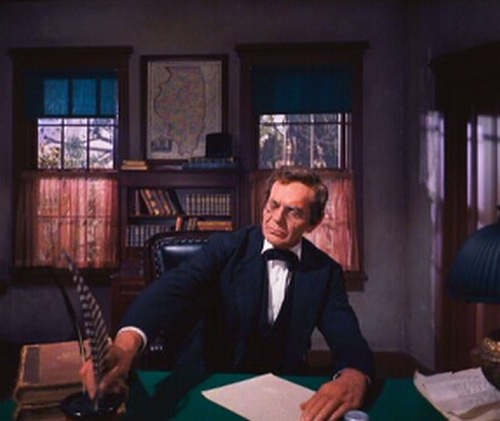
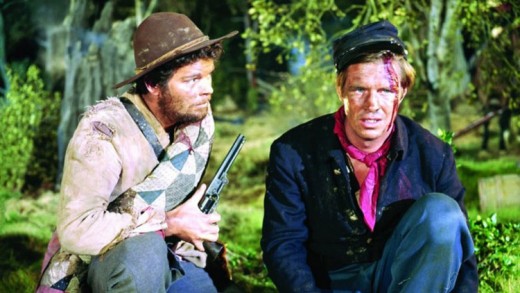
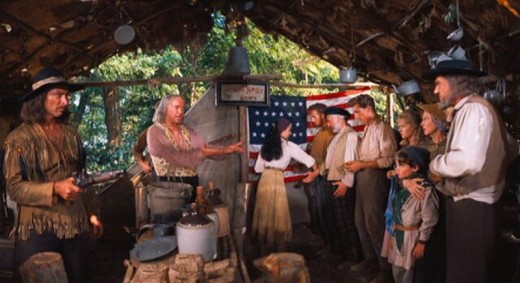
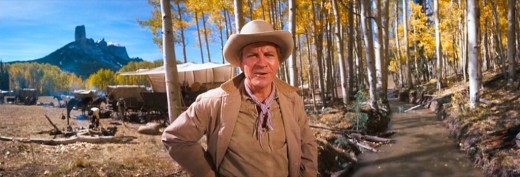
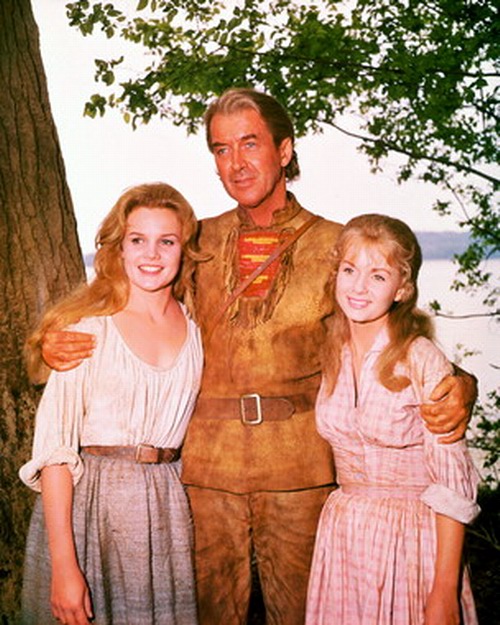
James Stewart (1909-1997) / Linus Rawlings
Born in Indiana, Pennsylvania, James Stewart has been Oscar nominated 5 times and won a Best Actor Oscar for The Philadelphia Story (1940).
Carroll Baker (1931-) / Eve Prescott
Born in Johnstown, Pennsylvania, Carroll Baker was Oscar and BAFTA nominated for Best Actress in Baby Doll (1956). Films include – The Big Country (1958), The Carpetbaggers (1964), Harlow (1965) and Kindergarten Cop (1990)
Gregory Peck (1916-2003) / Cleve Van Valen
Born in La Jolla California, Gregory Peck has been Oscar nominated 5 times and won a Best Actor Oscar for To Kill a Mockingbird (1962).
Debbie Reynolds (1932-) / Lilith Prescott
Born in El Paso, Texas, Debbie Reynolds received a Best Actress Oscar nomination for The Unsinkable Molly Brown (1964). Films include – Singin’ in the Rain (1952), Hit the Deck (1955), The Tender Trap (1955) and The Mating Game (1959).
George Peppard (1928-1994) / Zeb Rawlings
Born in Detroit, Michigan, George Peppard's films include – Breakfast at Tiffany’s (1961), The Carpetbaggers (1964), Operation Crossbow (1965) The Blue Max (1966) and Damnation Alley (1977) played Hannibal Smith in hit TV series The A Team (1983-1987)
Henry Fonda (1905-1982) / Jethro Stuart
Born in Grand Island, Nebraska, Henry Fonda was Oscar nominated Best Actor for The Grapes of Wrath (1940), 12 Angry Men (1957) and won for On Golden Pond (1981).
John Wayne (1907-1979) / General Sherman
Born in Winterset, Iowa, John Wayne was Oscar nominated Best Actor for Sands of Iwo Jima (1949) and won for True Grit (1969).
Richard Widmark (1914-2008) / Mike King
Born in Sunrise Township, Minnesota, Richard Widmark was Oscar nominated Best Supporting Actor for Kiss of Death (1947).
Raymond Massey (1896-1983) / Abraham Lincoln
Born in Toronto, Canada, Raymond Massey was Oscar nominated Best Actor for his role as Abe Lincoln in Illinois (1940). Played Dr. Gillespie in TV series Dr. Kildare (1961-1966).
Robert Preston (1918-1987) / Roger Morgan
Born in Newton Highlands, Massachussetts, Robert Preston was Oscar nominated Best Supporting Actor for Victor Victoria (1982). Films include – Beau Geste (1939), Reap the Wild Wind (1942), The Music Man (1962) and The Last Starfighter (1984).
Karl Malden (1912-2009) / Zebulon Prescott
Born in Chicago, Illinois, Karl Malden was Oscar nominated Best Supporting Actor for A Streetcar Named Desire and won a Best Actor Oscar for On the Waterfront. Films include One Eyed Jacks (1961), Nevada Smith (1966), Patton (1970) and Meteor (1979). TV series The Streets of San Francisco (1972-1977)
Agnes Moorehead (1900-1974) / Rebecca Prescott
Born in Clinton, Massachussetts, Agnes Moorehead has been nominated for 4 Supporting Actress Oscars they are – The Magnificent Ambersons (1942), Mrs. Parkington (1944), Johnny Belinda (1948) and Hush Hush Sweet Charlotte. Played the witch Endora on Bewitched (1964-1972).
Carolyn Jones (1930-1983) / Julie Rawlings
Born in Amarillo, Texas, Carolyn Jones received a Best Supporting Actress Oscar nomination for The Bachelor Party (1957). Films include – House of Wax (1953), Invasion of the Body Snatchers (1956), Baby Face Nelson (1957) and King Creole (1958), played Morticia Addams in The Addams Family (1964-1966).
Lee J. Cobb (1911-1976) / Marshal Lou Ramsey
Born in New York City, Lee J. Cobb was nominated for 2 Best Supporting Actor Oscars – On the Waterfront (1954) and The Brothers Karamazov (1958). Other films include – 12 Angry Men (1957), Our Man Flint (1966), Coogan’s Bluff (1968) and The Exorcist (1973) played Judge Henry Garth in TV series The Virginian (1962-1966).
Harry Morgan (1915-2011) / General Ulysses S. Grant
Born in Detroit, Michigan, Harry Morgan’s films include – The Ox-Bow Incident (1943), High Noon (1952), The Glenn Miller Story (1954), Support Your Local Sheriff (1969), The Shootist (1976) and Dragnet (1987) played Officer Bill Gannon in TV series Dragnet 1967 (1967-1970) and Colonel Sherman T. Potter in MASH (1974-1983).
Walter Brennan (1894-1974) / Jeb Hawkins
Born in Swampscott, Massachussetts, Walter Brennan received a Best Supporting Actor nomination for Sergeant York (1941) and won 3 Supporting Actor Oscars for Come and Get It (1936), Kentucky (1938) and The Westerner (1940).
Eli Wallach (1915-) / Charlie Gant
Born in Brooklyn, New York, Eli Wallach received an Honorary Award at the Oscars in 2010, he was 95. His films include – Baby Doll (1956), The Magnificent Seven (1960), The Good the Bad and the Ugly (1966), Tough Guys (1986) and The Godfather Part III (1990).
Russ Tamblyn (1934-) / Confederate deserter
Born in Los Angeles, California, Russ Tamblyn received an Oscar nomination Best Supporting Actor for Peyton Place (1957). His films include – Seven Brides for Seven Brothers (1954), Tom Thumb (1958), West Side Story (1961), The Haunting (1963) and The War of the Gargantuas (1968).
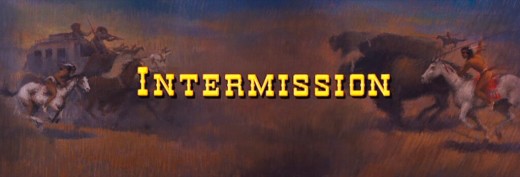
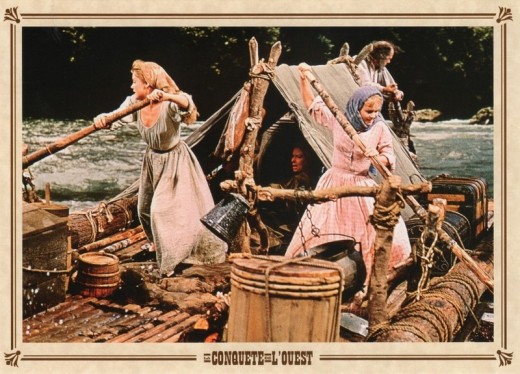
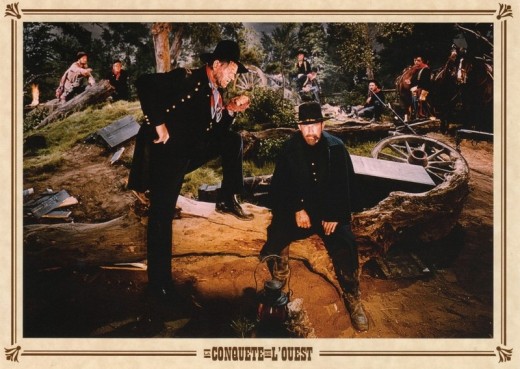
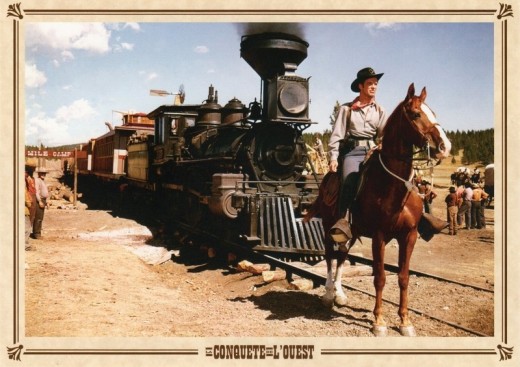
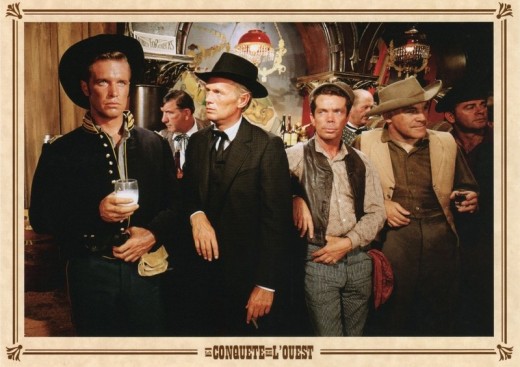
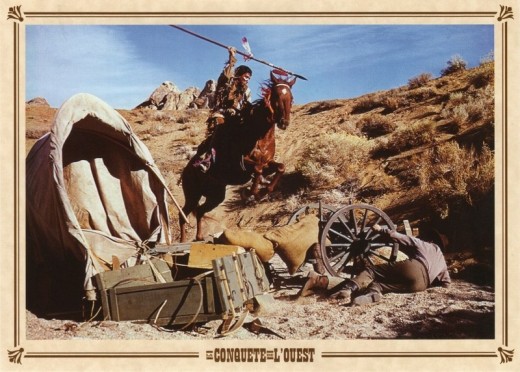
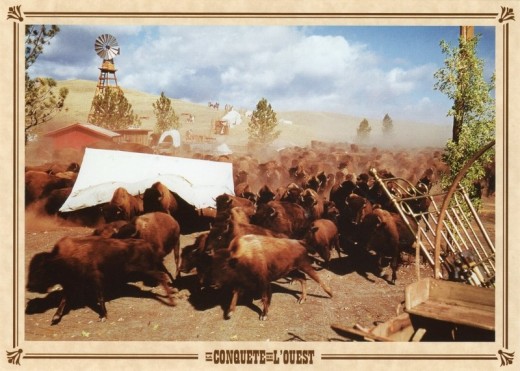
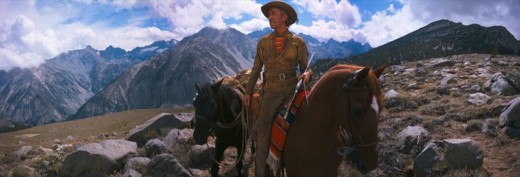
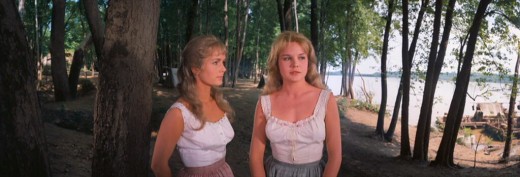
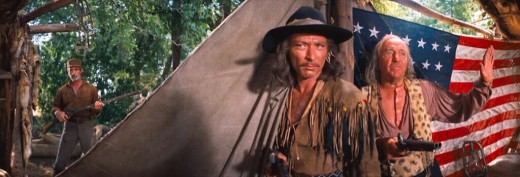
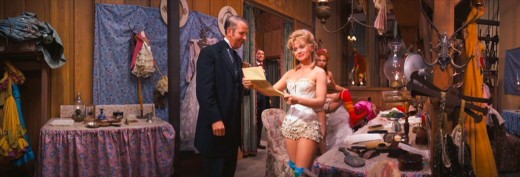
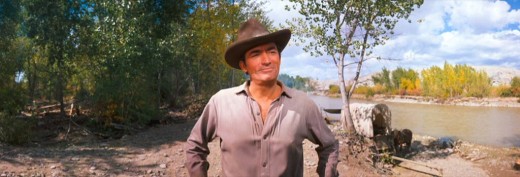
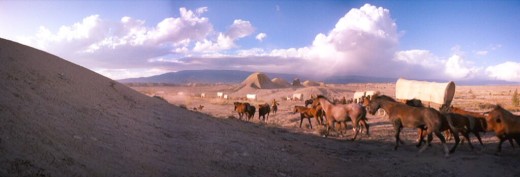
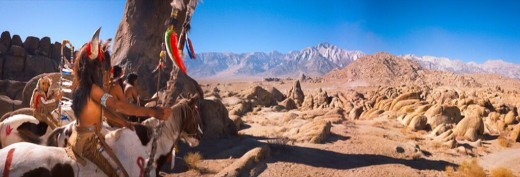
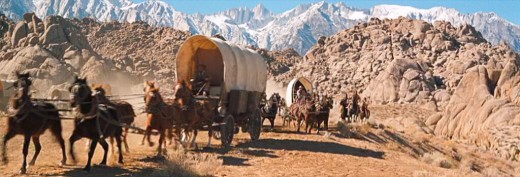
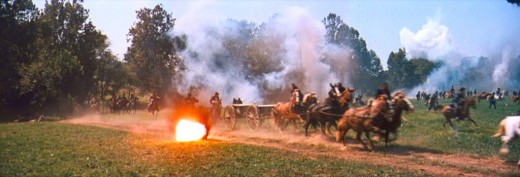
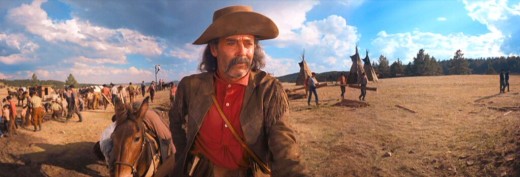
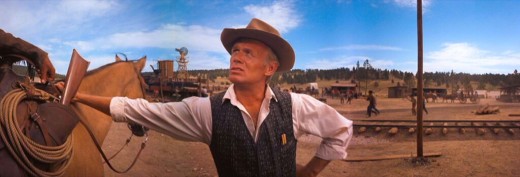
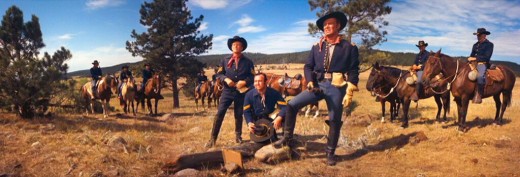
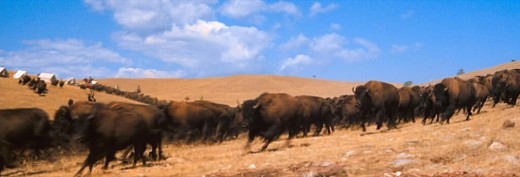
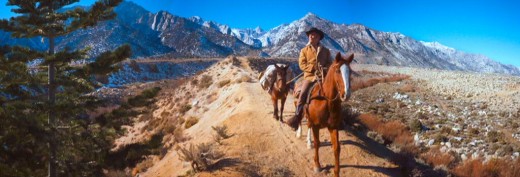
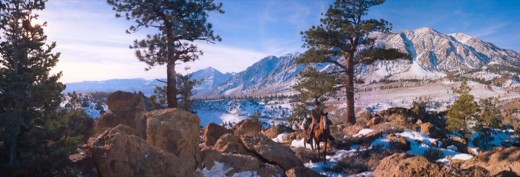
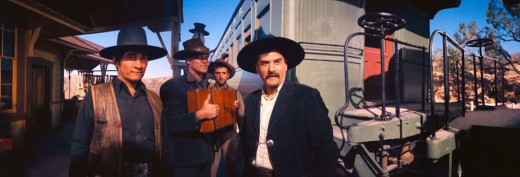
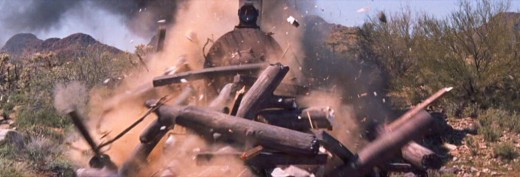
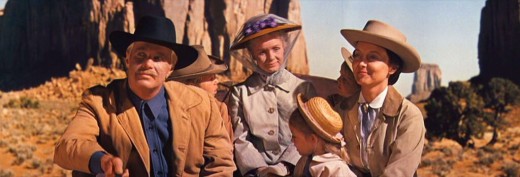
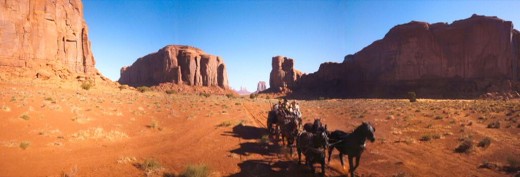
Three directors worked on five segments of the film –
The Rivers (1830’s) Directed by Henry Hathaway and featuring James Stewart, Karl Malden, Agnes Moorehead, Debbie Reynolds, Carroll Baker, Walter Brennan, Lee Van Cleef and Brigid Bazlen.
The Plains (1850’s) Directed by Henry Hathaway and featuring Gregory Peck, Debbie Reynolds, Robert Preston and Thelma Ritter.
The Civil War (1861-1865) Directed by John Ford and featuring George Peppard, Carroll Baker, Raymond Massey, Russ Tamblyn, Andy Devine, Harry Morgan and John Wayne.
The Railroad (1868) Directed by George Marshall and featuring George Peppard, Henry Fonda and Richard Widmark.
The Outlaws (1880’s) Directed by Henry Hathaway and featuring George Peppard, Carolyn Jones, Debbie Reynolds, Lee J. Cobb and Eli Wallach.
Spencer Tracy is the films narrator.
Gary Cooper was the first choice for the role of mountain man Linus Rawlings but died before filming began. James Stewart was cast instead.
Burt Lancaster, Kirk Douglas, Marlon Brando, Frank Sinatra, Bing Crosby and Audrey Hepburn were among the actors approached to star in the film but for various reasons couldn’t do it.
John Wayne spent just five days filming his segment of the film.
Unusually this celebration of the Old American West had its world premiere in London, England.
A TV series loosely based on the film appeared in the late seventies, How the West Was Won (1978-1979) starred James Arness and Bruce Boxleitner.
The film was advertised as featuring 24 stars, 875 horses, 350 Indians, 1,200 buffalo and over 12,000 extras which was most likely studio hype, this isn’t The Ten Commandments. But it was one of the biggest westerns ever.
How the West Was Won was filmed in the 3-strip Cinerama process, in which three synchronised cameras are used for filming, one camera pointing slightly left, the other slightly right and the middle camera dead centre. At specially equipped theatres three projectors beam the images onto a giant curved screen producing an immersive almost 3D experience and without the need for glasses.
However the Cinerama process wasn’t successful and full of problems for the filmmakers, there was only one sweet spot dead centre where the image wasn’t distorted. Actors in a scene talking to each other would have to stare at carefully positioned cue points to give the impression they were looking at each other. Zooming was impossible, close ups forget it, the most noticeable problem were the dividing lines between the three screens which were sometimes very visible and distracting, especially when the film was later shown flat on conventional screens and on TV appearances.
The Blu-ray of How the West Was Won remastered by Crest Digital is one of the best examples of film restoration yet seen. The image though very wide and small on the average home theatre display looks immaculate, very little grain visible, glorious colours shine through and most amazing of all the dividing lines are barely visible. The Blu-ray edition also includes a curved Smilebox edition of the film which simulates the original Cinerama theatre presentation.
The very first Cinerama film was This is Cinerama (1952), which was basically a 2 hour demo of the 3-strip Cinerama process, locations around the world are used and most famously the three cameras locked onto a rollercoaster, the film was a massive success. Only one other movie with a story line was filmed in 3-Strip Cinerama and that was The Wonderful World of the Brothers Grimm also released in 1962.
Stuntman Bob Morgan was seriously injured when a sequence on a moving train went horribly wrong, the chains holding down heavy logs on the shaking train broke and the loose logs crushed Morgan who was crouching next to them. One of his legs had to be amputated.
Veteran Hollywood composer Alfred Newman (1900-1970) scored the movie, creating one of the greatest western themes in film history. Newman has scored over 200 movies and has been Oscar nominated 45 times winning 9 Oscars, more than any other film composer.
How the West Was Won was nominated for 8 Oscars – Best Picture, Best Music Score (Alfred Newman), Best Cinematography, Best Art Direction, Best Costume and winning for Best Screenplay, Best Film Editing and Best Sound.
The film was chosen for preservation by the National Film Registry in 1997.
Closing Narration: The West that was won by its pioneers, settlers, adventurers is long gone now. Yet it is theirs forever, for they left tracks in history that will never be eroded by wind or rain - never plowed under by tractors, never buried in the compost of events. Out of the hard simplicity of their lives, out of their vitality, their hopes and sorrows grew legends of courage and pride to inspire their children and their children's children.
From soil enriched by their blood, out of their fever to explore and build came lakes where once were burning deserts - came the goods of the earth; mines and wheat fields, orchards and great lumber mills. All the sinews of a growing country. Out of their rude settlements, their trading posts came cities to rank among the great ones of the world. All the heritage of a people free to dream, free to act, free to mold their own destiny.
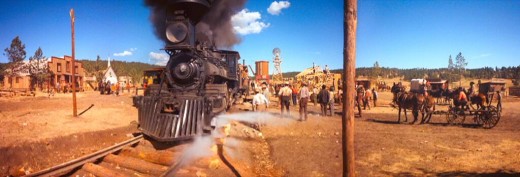
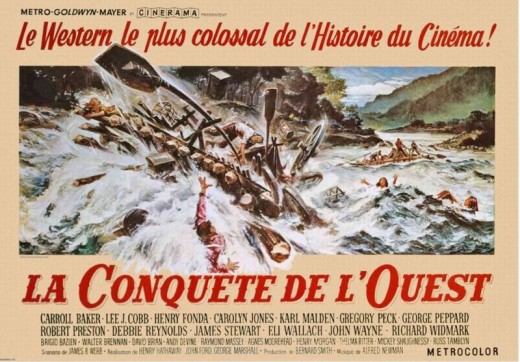
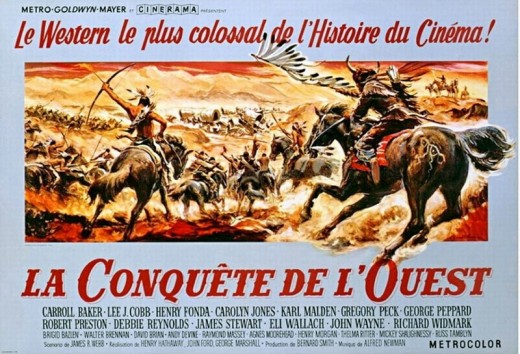
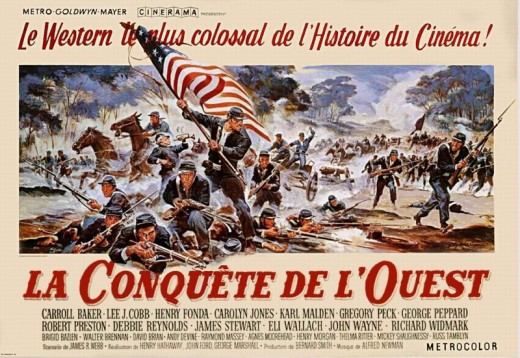
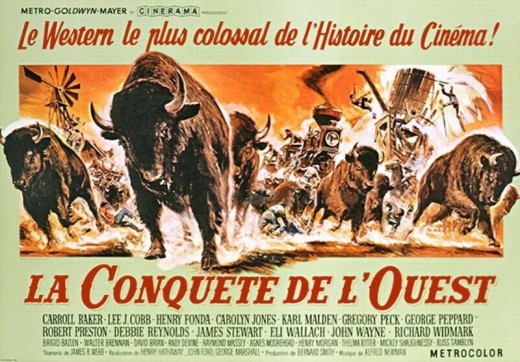
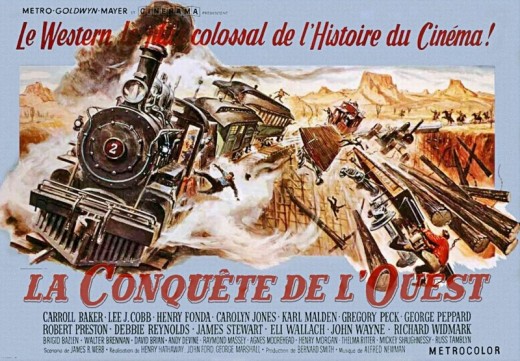
The Critics Wrote-
"Everything in this latest feature on the king-size Cinerama screen is a dutiful duplication of something you've already seen in anywhere from one to a thousand Western movies in the past 60 years. It should be called "How the West Was Done—to Death." (New York Times)
"Blockbuster supreme, a magnificent and exciting spectacle which must inevitably dwarf the earnings of the travelogs in the three-screen process. It would be hard to imagine a subject which lends itself more strikingly to the wide-screen process than this yarn of the pioneers who opened the American West... the three directors between them have turned in some memorable sequences." (Variety)
"Blockbuster epic about three generations of western pioneers isn't same experience on TV it was on Cinerama screen, but great cast, first-rate photography and lovely Alfred Newman score still make it top entertainment." (Leonard Maltin)
"Although How the West Was Won makes it apparent that actors, directors and technicians have much to learn before Cinerama is fully effective, it is an important and significant step forward and an engrossing and entertaining film." (Films in Review)
"One can only have wished that more concern had been given to the storyline and the credibility of performances, the make-up used for Miss Baker and Miss Reynolds as they age is laughable." (Parish & Pitts)
